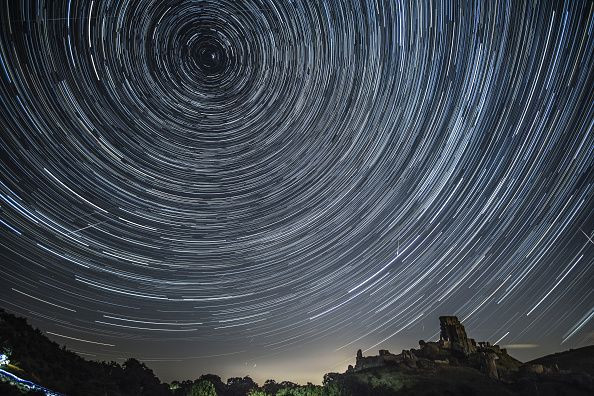Delta Aquariids Meteor Shower 2019 Peaks Tonight: When And Where To Watch

The Delta Aquariid meteor shower is about to reach its peak and will be visible over the next few weeks. During its peak, about 20 meteors per hour can be seen.
The Delta Aquariid officially began in mid-July and will last until Aug. 23. It is expected to hit its peak on the evening of July 31.
The meteor shower radiates from the constellation Aquarius, which can be spotted rising in the southeastern sky at around 11 pm. Since a new moon will appear on Wednesday, it will not be bright enough obstruct the visibility of the meteor shower, according to CNN.
To view the meteor shower, it would be best to visit an area that’s away from street or city lights. Using either a sleeping bag, lawn chair or blanket, lie flat on your back and face the sky in order to get the best viewing experience.
According to NASA, like other meteor showers, the rocks from the Delta Aquariid are fragments that came from a comet or asteroid.
“Meteors come from leftover comet particles and bits from broken asteroids,” NASA stated. “When comets come around the Sun, the dust they emit gradually spreads into a dusty trail around their orbits.”
“Every year, the Earth passes through these debris trails, which allows the bit to collide with our atmosphere where they disintegrate to create fiery and colorful streaks in the sky,” the agency added.
NASA noted that the meteors from the Delta Aquariids came from a massive comet known as 96P/Macholz. According to the space agency, the comet has a nucleus of around 4 miles long and is known to orbit the Sun every 5 years.
The Delta Aquariid is expected to completely disappear in late August but will be replaced by another meteor shower known as the Perseid, which will peak starting on Aug. 11.
The Perseid, which comes from the periodic comet known as Swift-Tuttle, is known as one of the most dramatic meteor showers visible from Earth. The rate of visible meteors during the peak of its shower is known to reach around 60 per hour.
© Copyright IBTimes 2025. All rights reserved.





















